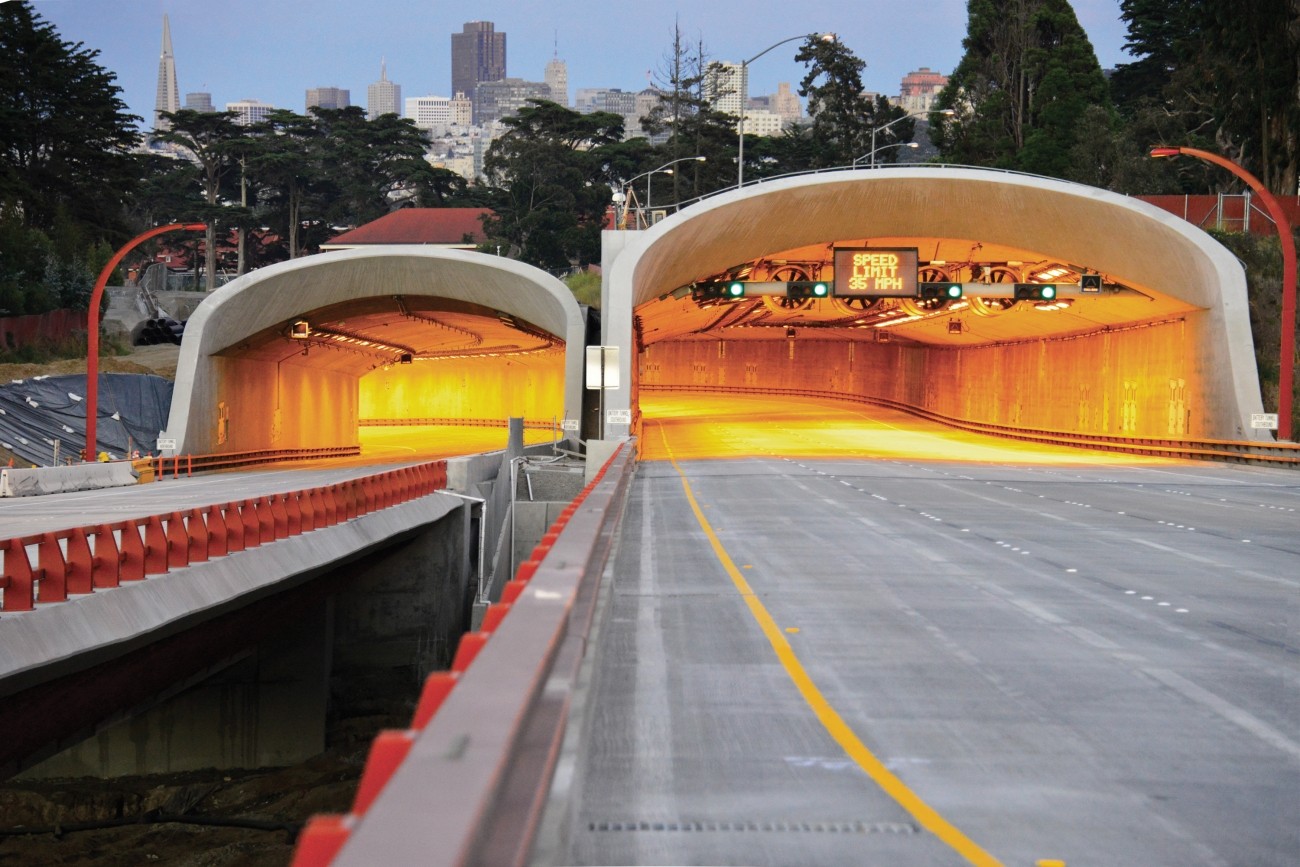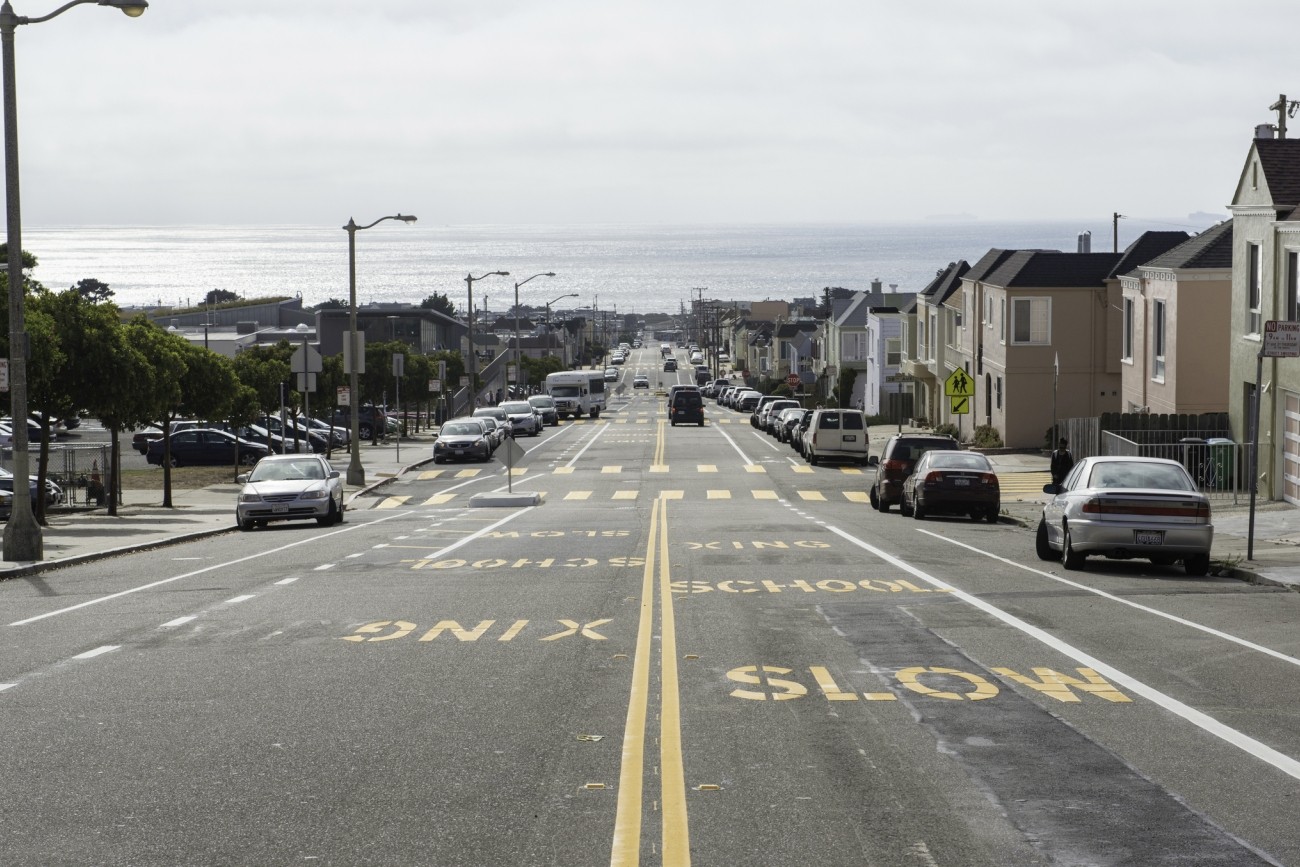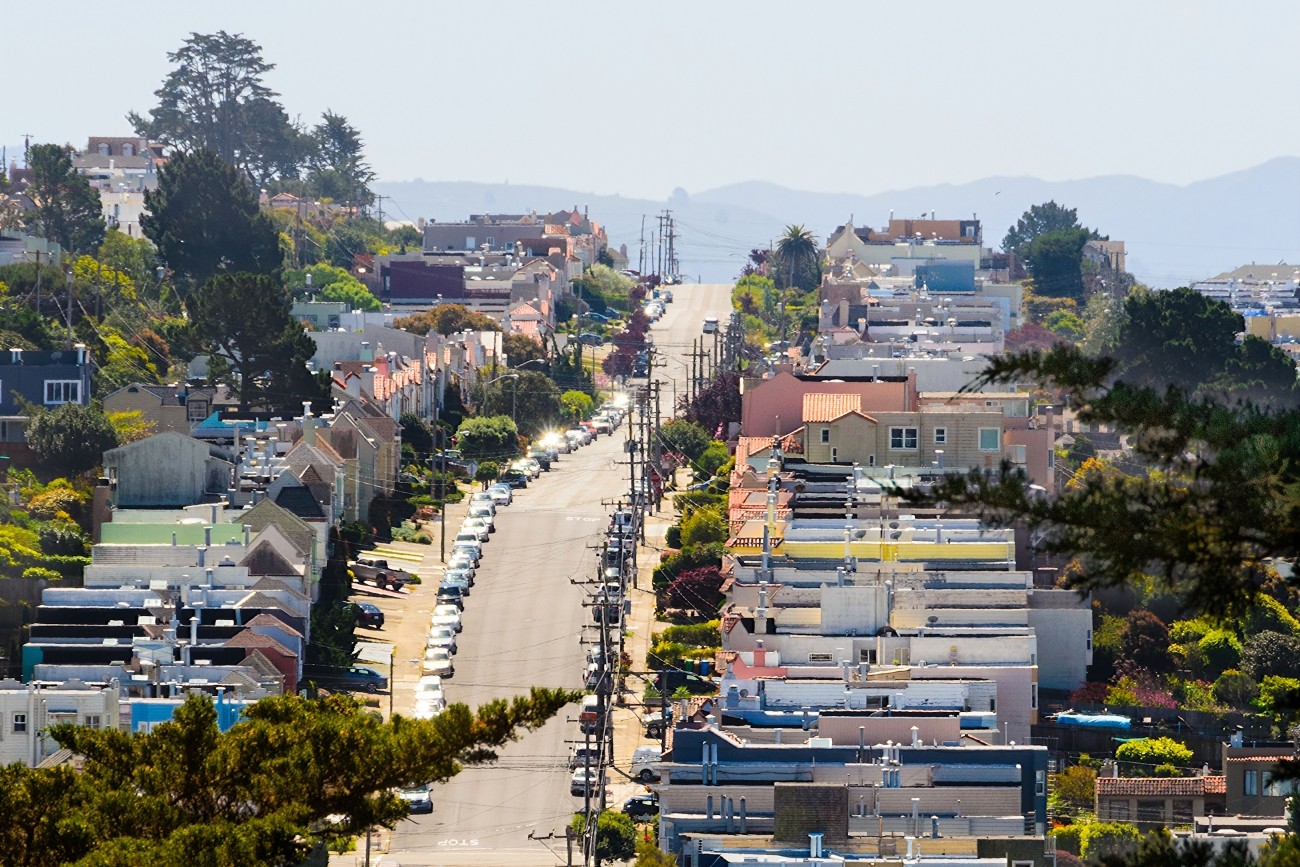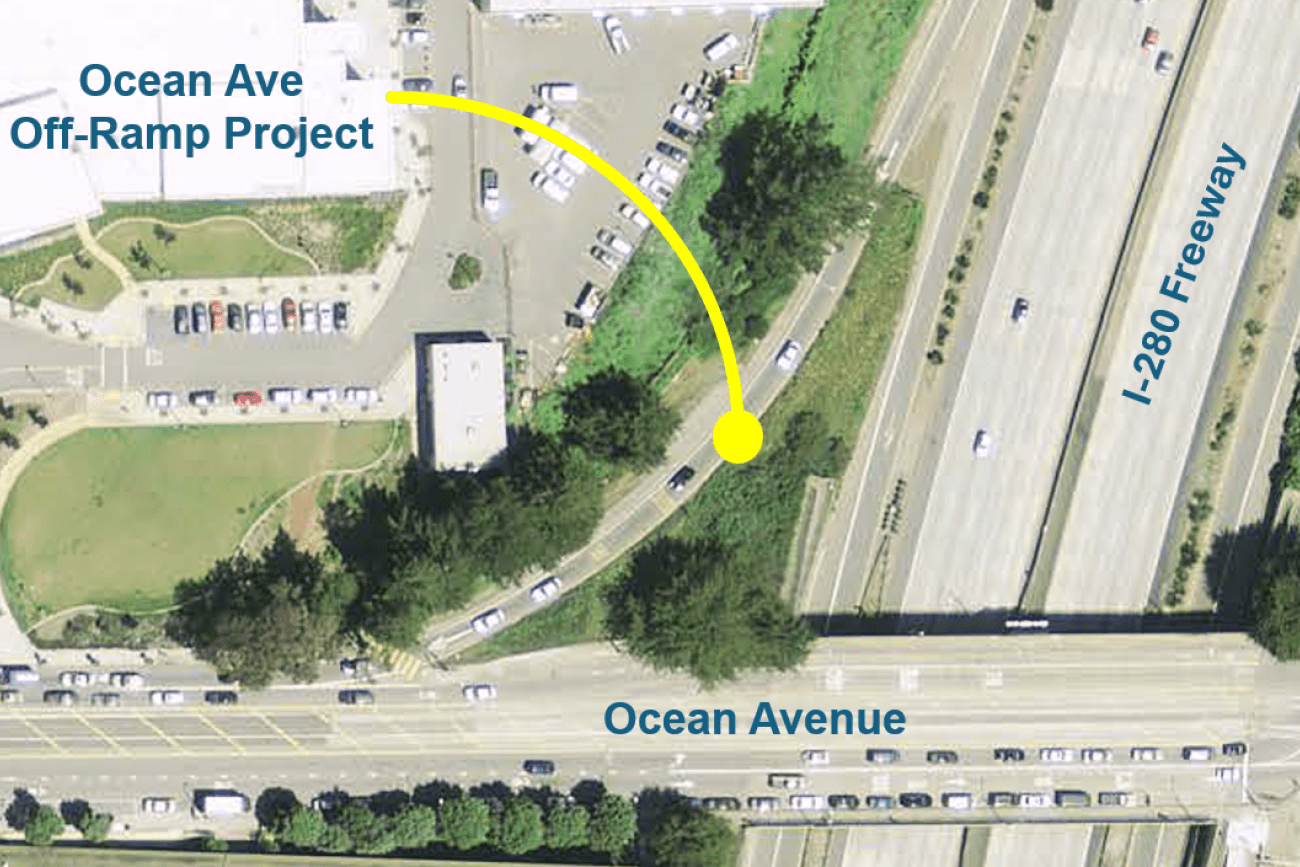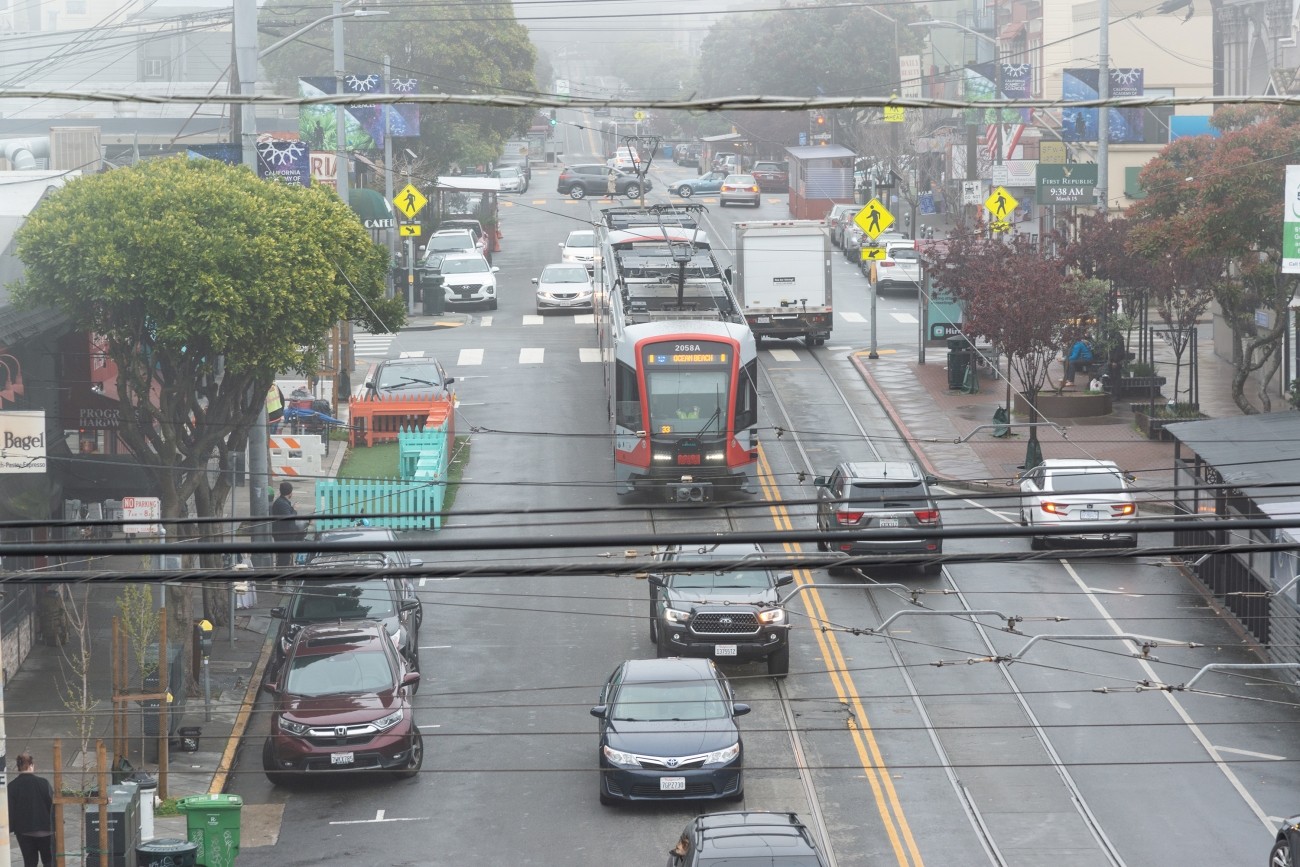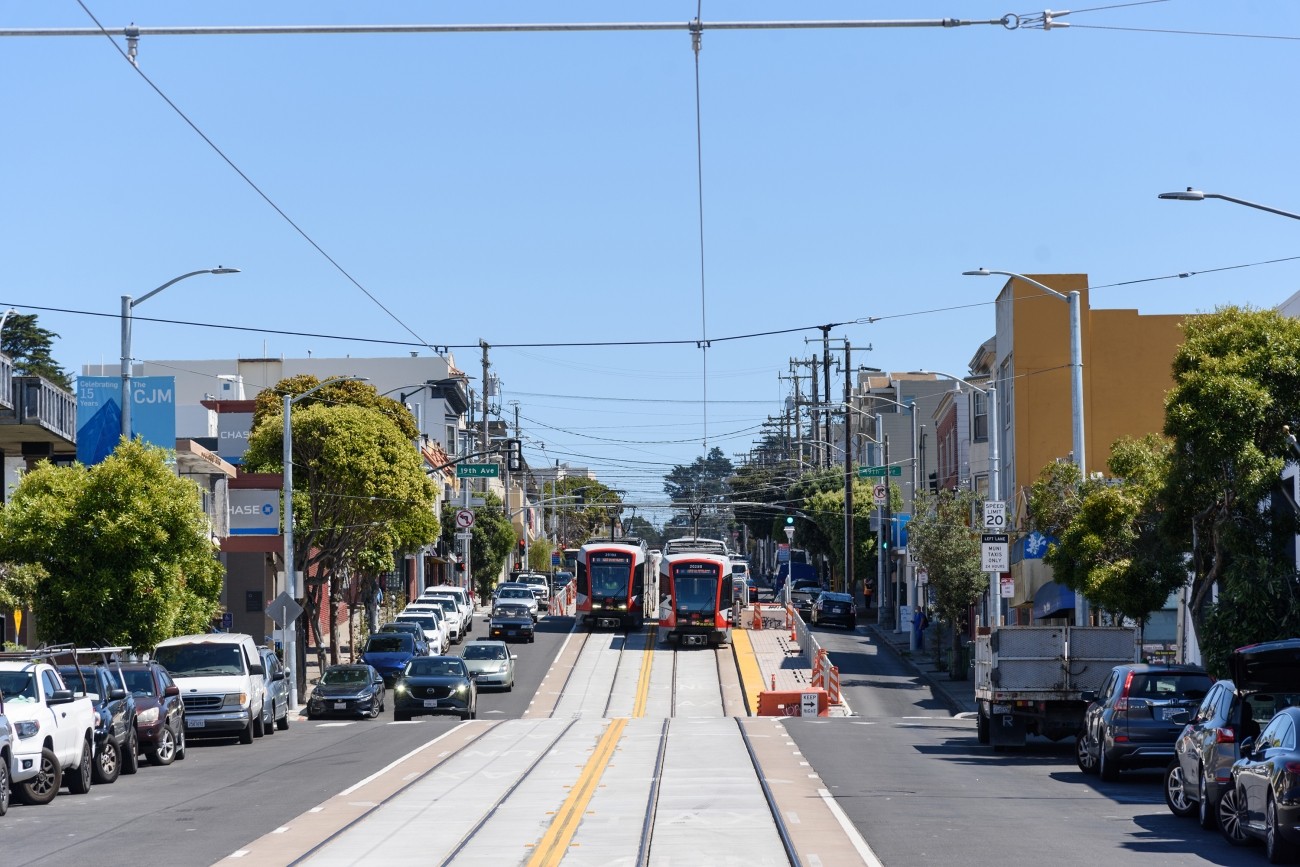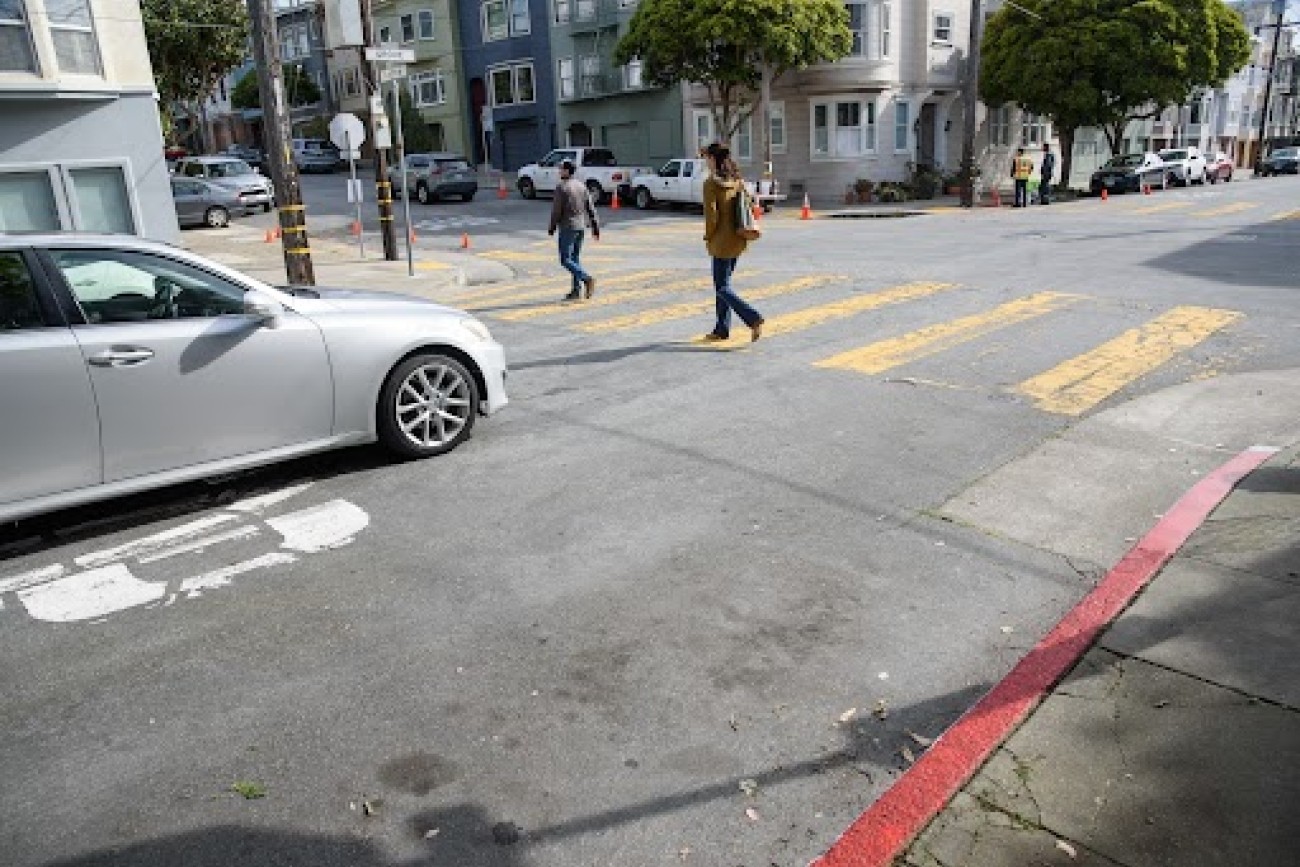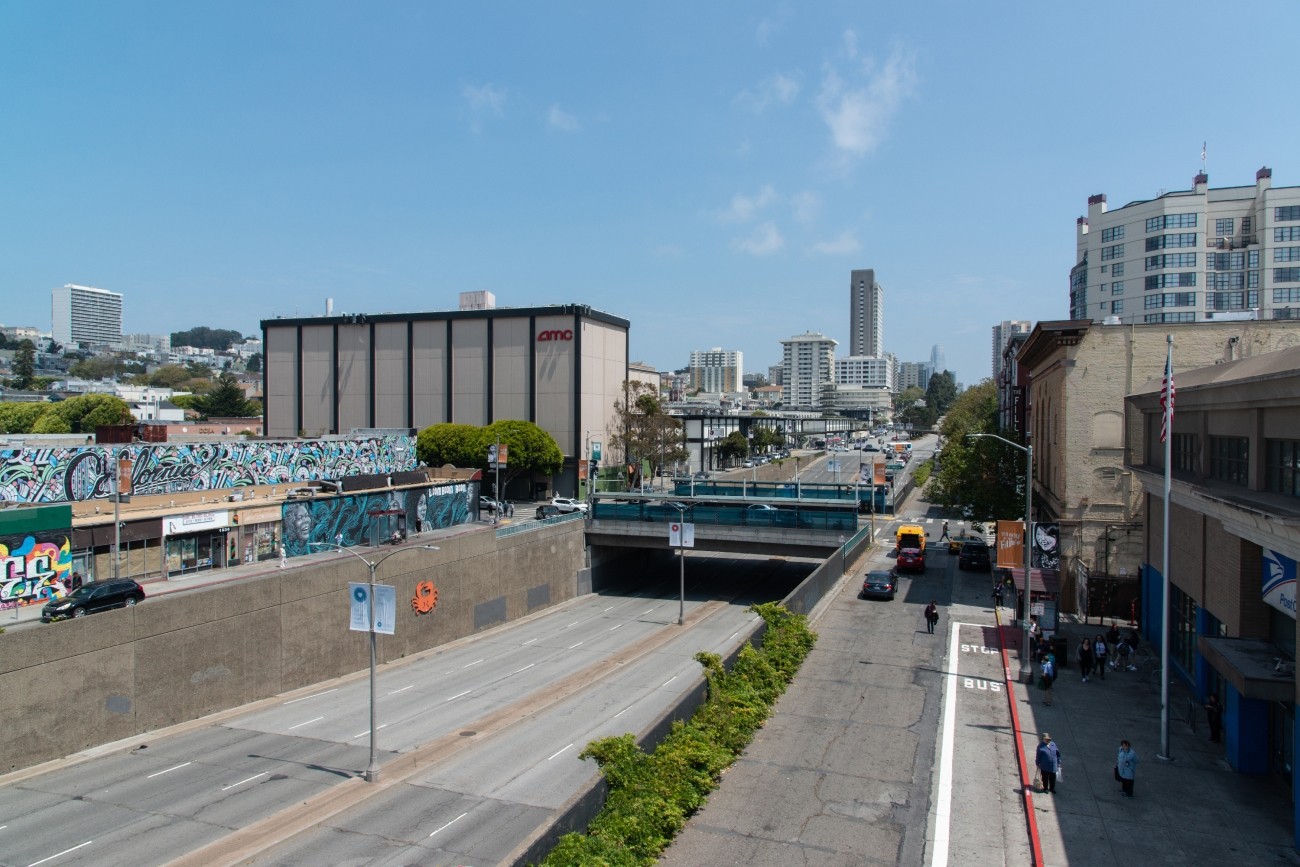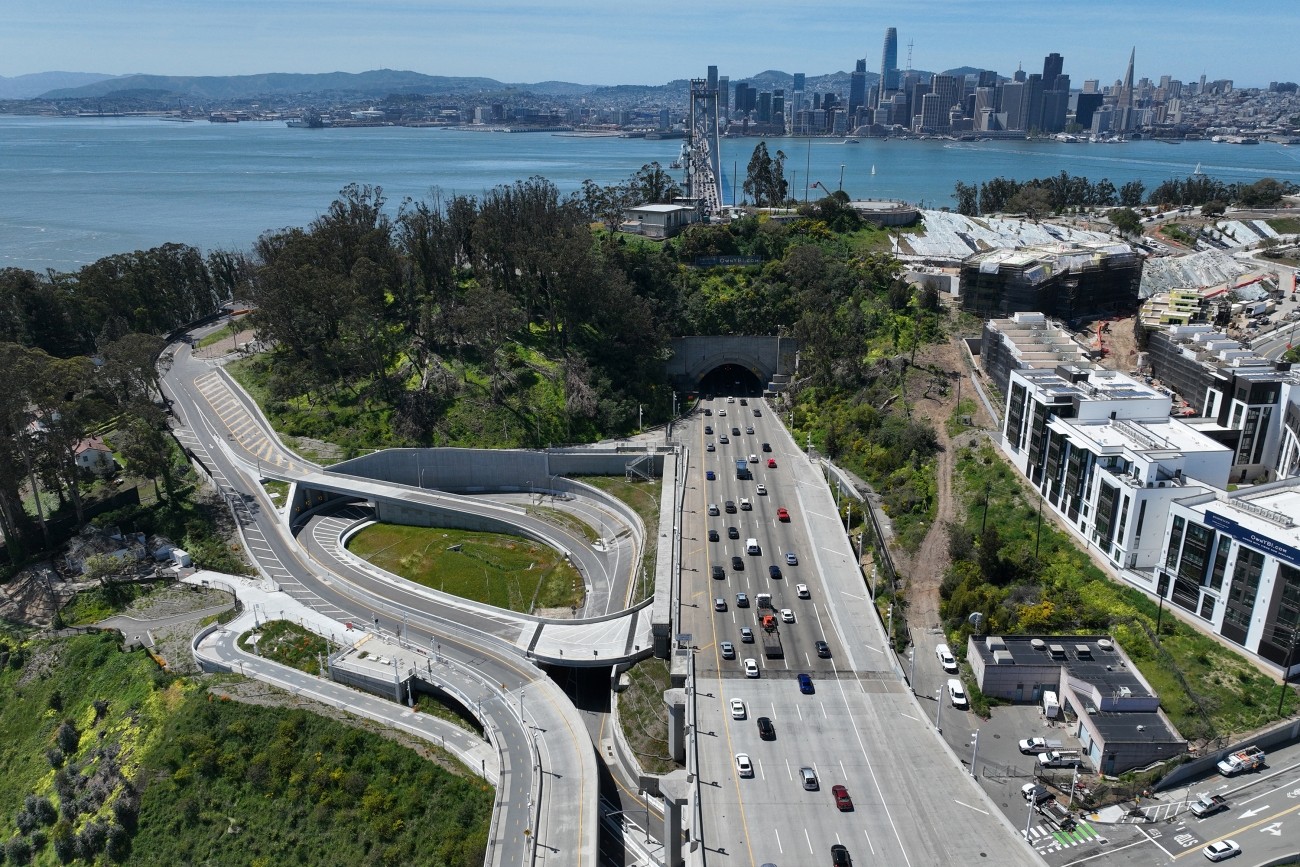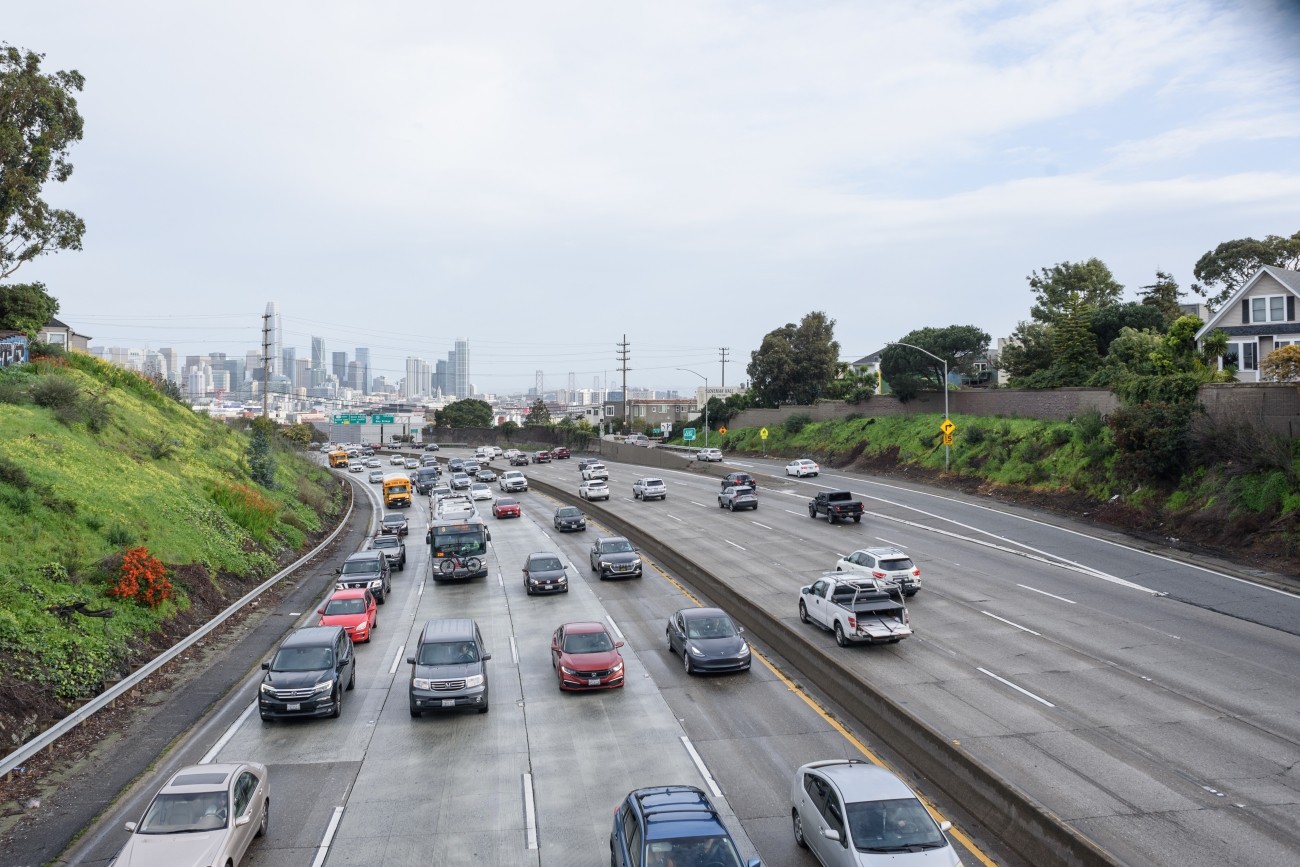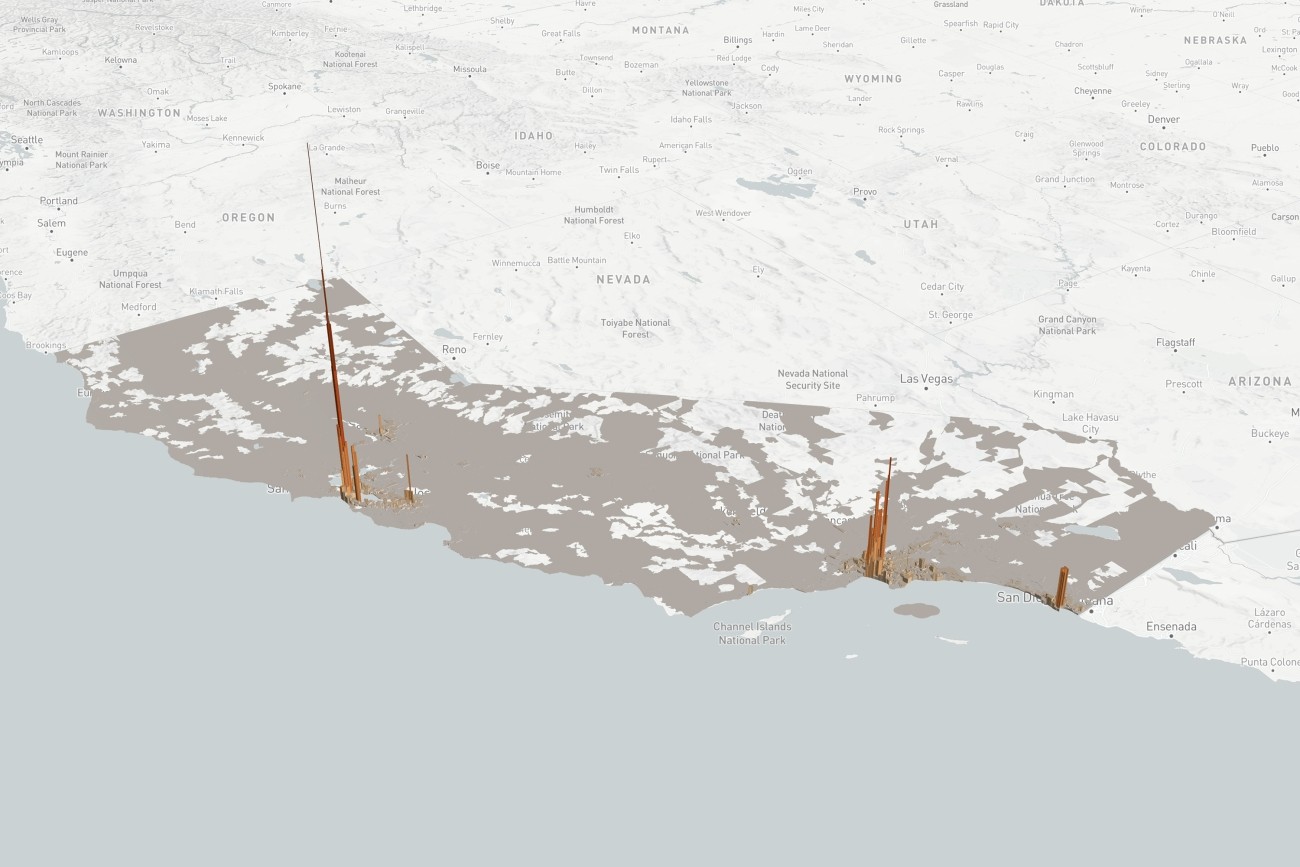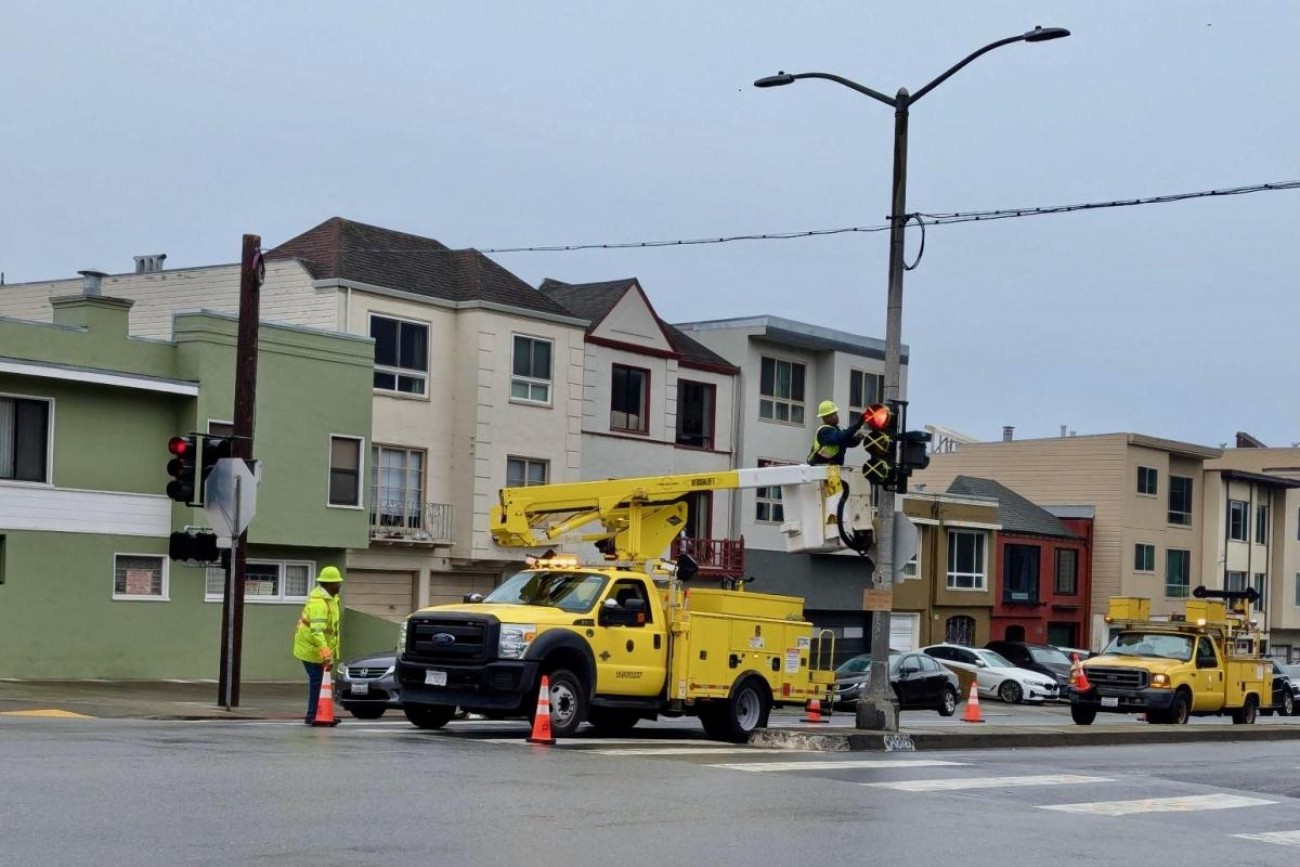The Presidio Parkway serves as a regional gateway between the Golden Gate Bridge and the city of San Francisco.
The Brotherhood Way Safety and Circulation Plan will develop near- and long-term concepts to improve safety, circulation, and connectivity through the Brotherhood Way and Alemany Boulevard corridors and on surrounding streets.
The Transportation Authority is developing a business plan that will define an on-demand community shuttle service within District 4.
Updated every four years, the San Francisco Transportation Plan is the blueprint for the city's transportation system development and investment over the next 30 years.
The project will improve pedestrian and bicyclist safety at the Ocean Avenue Off-Ramp intersection by realigning the free-flow right turn off-ramp into a T-intersection and install a traffic signal.
This study will identify a prioritized short list of recommendations to improve multimodal traffic safety and access in the Inner Sunset commercial core area in District 7.
The Westside Network Study will analyze the multimodal westside transportation network and offer recommendations to ensure the network is meeting local needs now and into the future.
San Francisco’s downtown has experienced profound changes since the COVID-19 pandemic and the report focuses on a profile of the northeast sector in 2023-2024.
This project will implement red curb “daylighting” treatments at intersections throughout District 5 in accordance with AB 413, which prohibits vehicle parking within 20 feet of crosswalks. Once complete, District 5 will become the first fully daylit district in San Francisco.
The project will develop transportation and land use concept designs that rethink the urban renewal-era Geary Expressway and advance a high-quality multimodal, mixed-use transit-oriented area to connect the Japantown and Fillmore/Western Addition neighborhoods and promote community livability.
The project reconstructed the I-80 eastbound off-ramp to Yerba Buena Island. The project features an innovative design that enhances safety and circulation. The project was completed in 2023 and reopened to traffic.
The Vision Zero Freeway Ramps Study will identify improvements for 11 freeway ramps across District 7, District 9, District 10, and District 11 to improve safety and connectivity.
The Treasure Island Transportation Program will address the island's growing transportation needs with a goal to have at least 50 percent of trips made by transit instead of private vehicles.
TNCs 2020: A Profile of Ride-Hailing in California is the first comprehensive study of ride-hailing activity statewide, based on an analysis of annual reports filed by Uber and Lyft to the California Public Utilities Commission.
The requested funds for this project will be used for the design phase for new traffic signals at 45th Avenue/Lincoln Way and La Playa Street/Lincoln Way to improve safety and right-of-way allocation, and to reduce vehicle and transit delays associated with the upcoming closure to restrict vehicles on Great Highway due to the passage of Proposition K in November 2024. The scope of work includes all necessary signal infrastructure including new 12” signal heads and mast arms, new signal poles, pedestrian countdown signals, accessible pedestrian signals, and related infrastructure such as curb ramps.
